Everyone has made mistakes in mathematics, but some mistakes are more important than others.
In a contract I was working on, our team put a proposal together to manage a customer’s computers. As part of the contract, there was a mistake which meant we had proposed to charge a customer a once-off fee of $20,000 when it should have been a fee of $20,000 per annum for the duration of the contract, which was five years.
Already a subscriber? Log in
Subscribe for just $2 a week
Try a month of The Spectator Australia absolutely free and without commitment. Not only that but – if you choose to continue – you’ll pay just $2 a week for your first year.
- Unlimited access to spectator.com.au and app
- The weekly edition on the Spectator Australia app
- Spectator podcasts and newsletters
- Full access to spectator.co.uk
Or

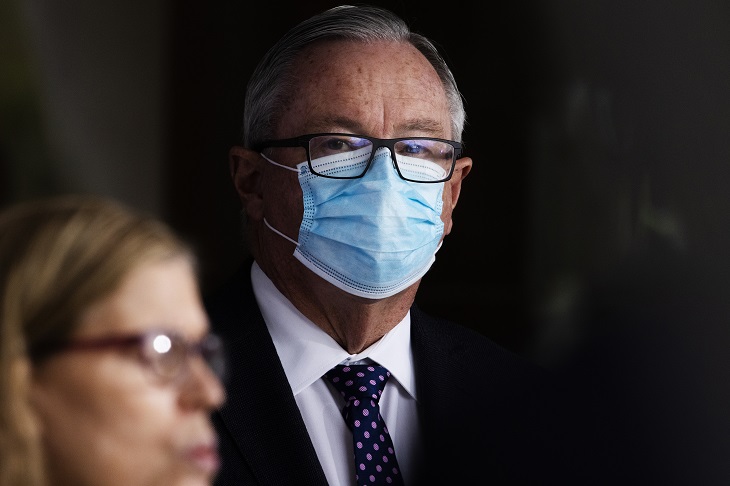
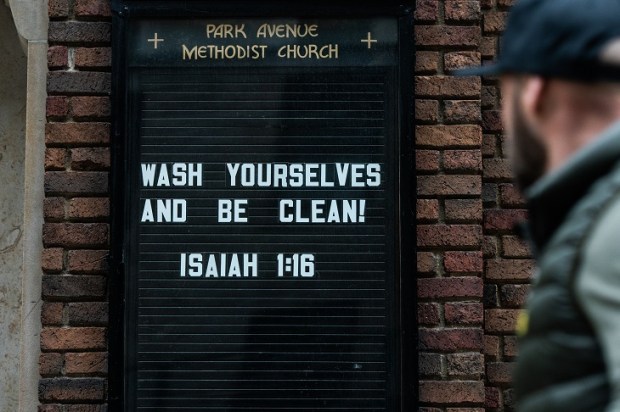
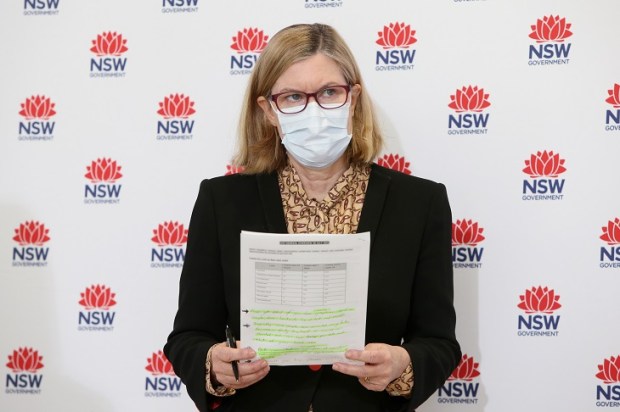

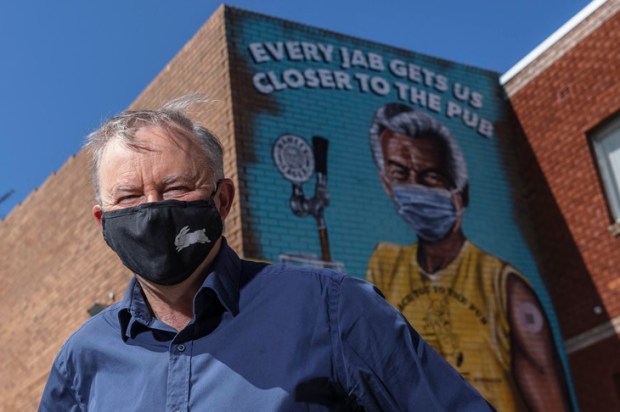
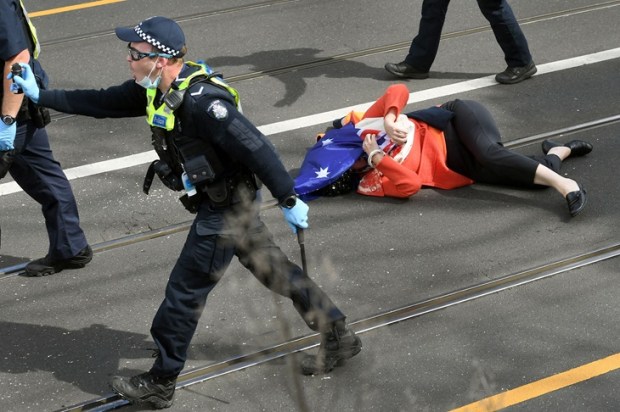
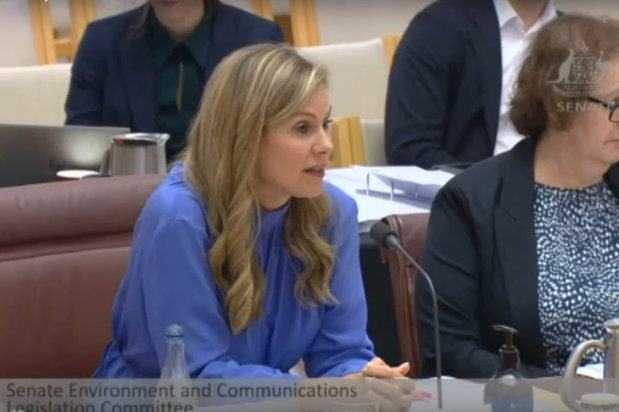


















Comments
Don't miss out
Join the conversation with other Spectator Australia readers. Subscribe to leave a comment.
SUBSCRIBEAlready a subscriber? Log in